Motya - Excavation
Motya: Phoenician city on an island in the west of Sicily, modern Mozia.
Military Structures
The structures known as the casermette were perhaps a military building and are sometimes identified as barracks. They are in the southern part of the island, close to the city wall, which is the only argument for them to be identified as a military building. There are several rooms, and the presence of a staircase proves that there was a second floor.
It is impossible to date this building, but we have one clue: the casermette were built after a nearby city tower was destroyed by fire. It is tempting to identify this fire with the destruction of Motya by Dionysius of Syracuse (and to date the casermette in the fourth century), but of course there must have been countless other fires in the ancient town.
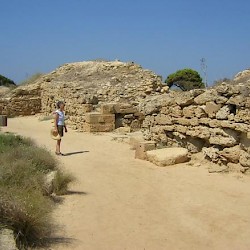 Motya, Casermetta |
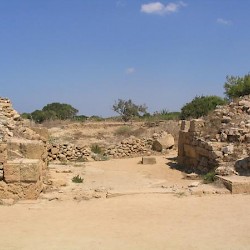 Motya, Casermetta |
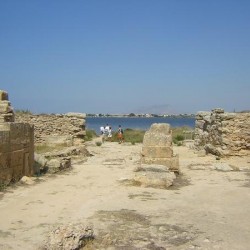 Motya, North gate, facing Mouny Eryx |
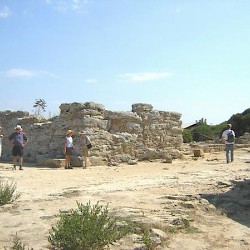 Motya, North gate |
The so-called Cothon
The little artificial port know as the cothon is connected to the sea with a canal of about seven meters wide. It is not known why this square basin was created. The idea that it served as a dockyard or a a military port, however, has been abandoned after a sanctuary was found in the neighborhood.
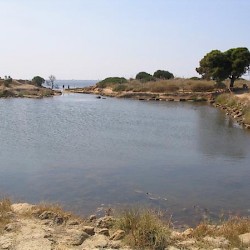 Motya, So-called Cothon |
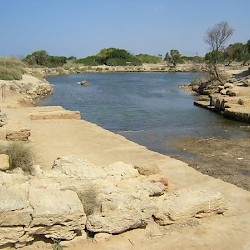 Motya, So-called Cothon |
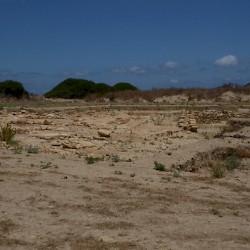 Motya, So-called Cothon, western area |
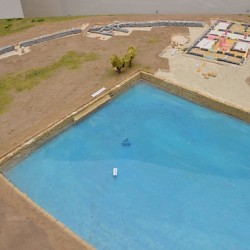 Motya, So-called Cothon, model |
Villa of the Mosaics
The Villa of the Mosaics consisted of a large courtyard surrounded by a columned arcade and several rooms; more to the southwest and a bit uphill were six rooms that had a more utilitarian purpose.
The residential part had a splendid decoration, which included a mosaic that is unique in Sicily, because it is made of black and white pebbles. It is therefore very old, because in the late fourth century, colored stones were already in use. The mosaic must therefore belong to the early fourth century, and may even be older, because the house itself contains fifth-century rooms. However, the mosaic is also divided into smaller square panels, something that was introduced in Greece in the third century.
Perhaps, the common view that mosaics were developed in Greece is simply too easy; maybe, panels were a western invention from the early fourth century that was introduced in Greece at a later stage. The panels show several (mythological) animals, but also include meanders, palmettos, waves, and flowers.
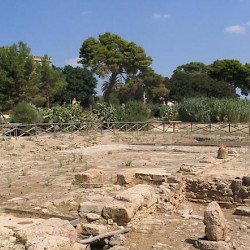 Motya, House of the Mosaics |
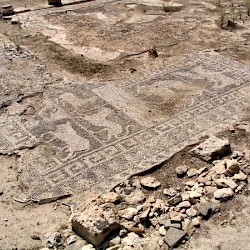 Motya, House of the Mosaics, mosaic |
 House of the Mosaics, mosaic of a bull and other animals |
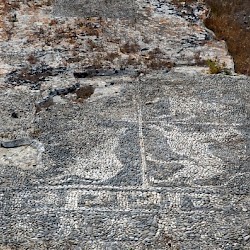 Motya, House of the Mosaics, mosaic of animals |